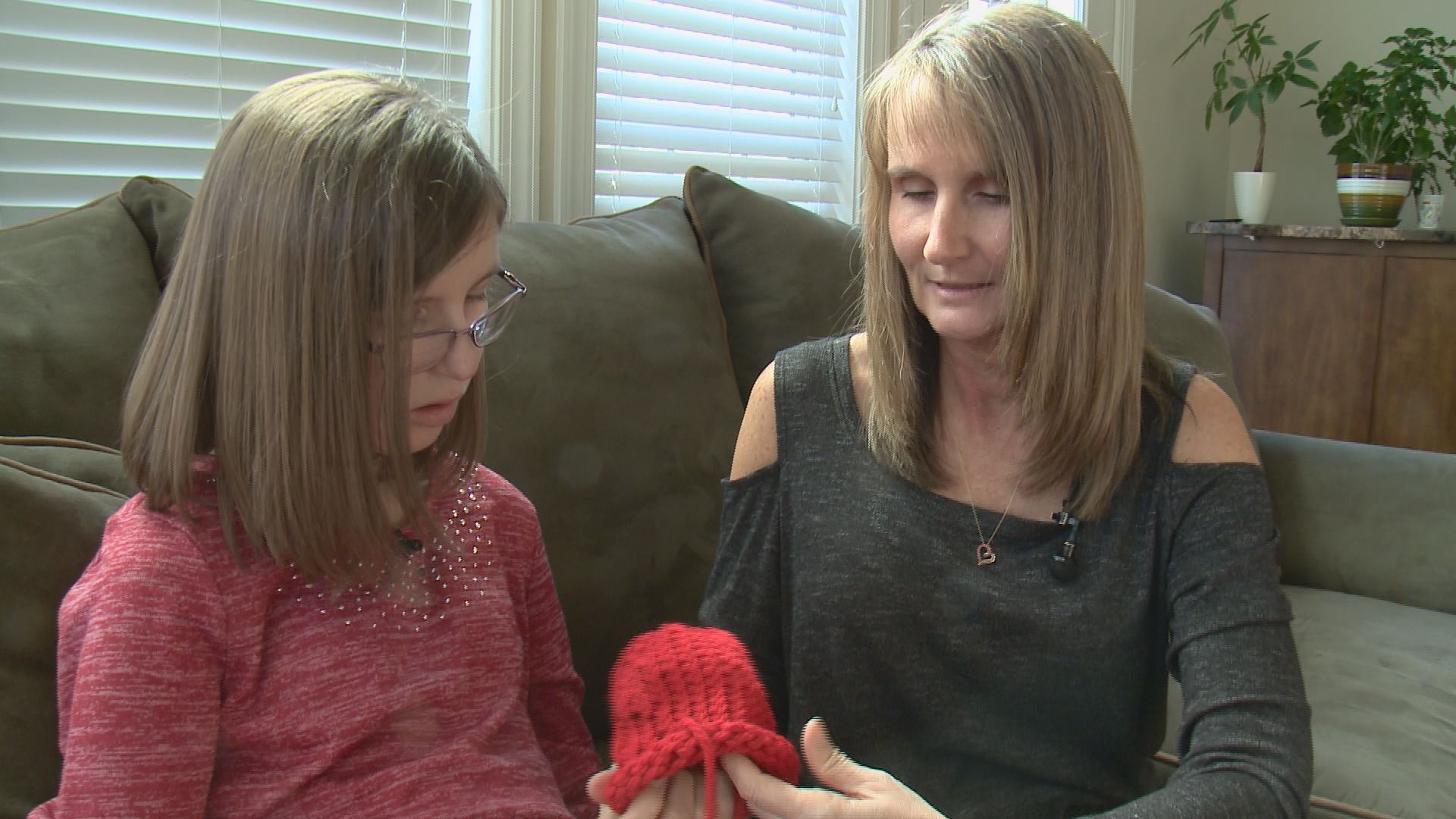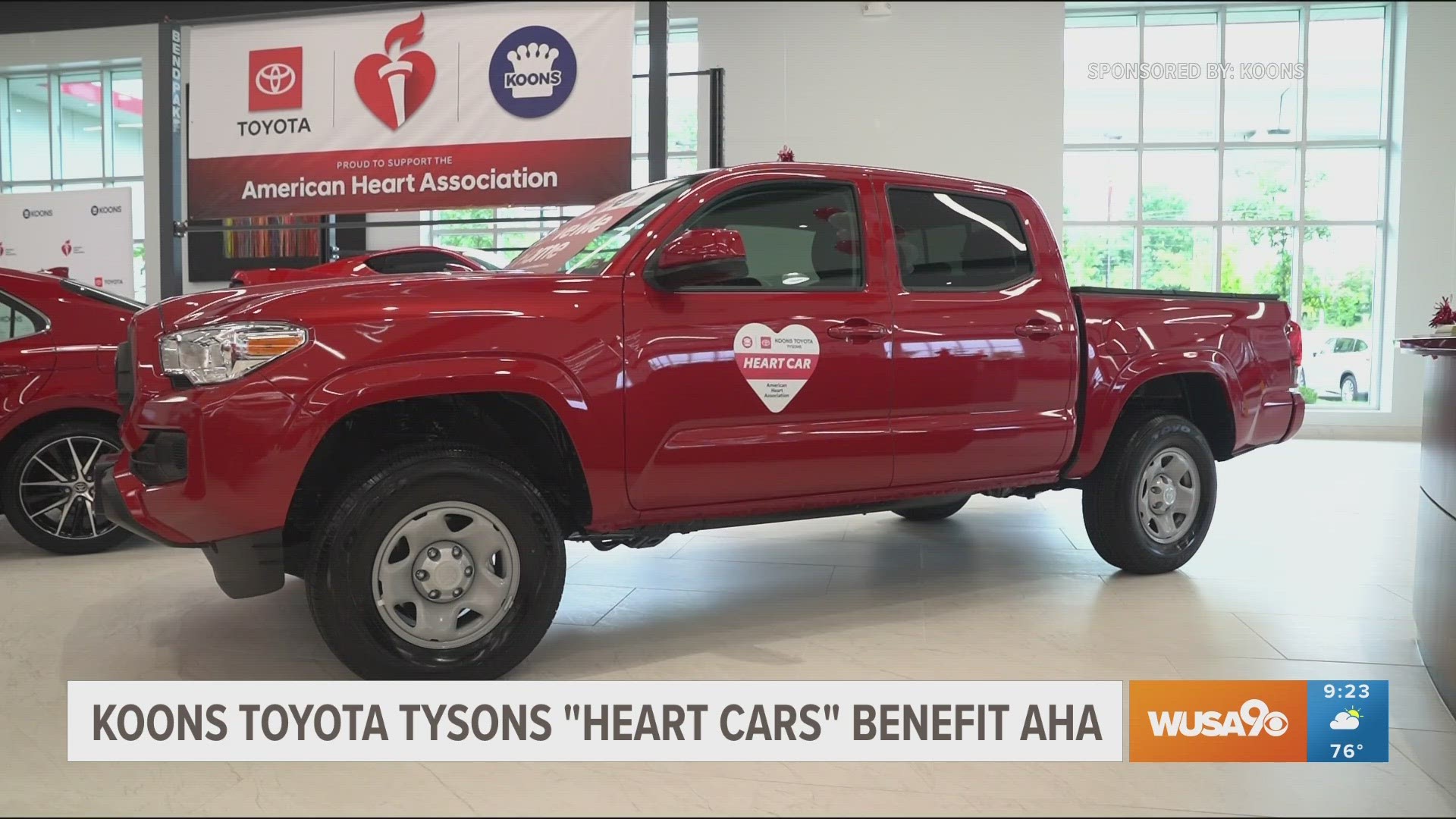Kaelyn Graham, at first glance, looks like a typical teenager. She's constantly tapping on her smart phone to connect to her favorite app.
"It's called Musical. I like to hang out with friends," she said.
A typical teen activity she enjoys, but is often not as easy to do.
"They say, 'Come on Kaelyn, like go fast!' So, I can't. I have to take a break for a minute," she said.
Listen to Kaelyn's breathy voice. It gives you a clue as to why she can't go fast like her friends.
Kaelyn was born with an abnormal heart, a congenital defect that affects the blood flow through the organ.
"Hypoplastic left heart syndrome basically means Kaelyn was born with half a heart. Basically, Kaelyn was missing the left side of her heart. So, she's what's called a blue baby," said mom Jolanda Graham.
There's no explanation for this birth defect. It just happens as a baby develops in the womb. Jolanda saID her pregnancy and delivery were problem free.
She was grateful that her newborn was sleeping a good deal once she brought her home.
"As a mom, I really thought that was the gift of a lifetime because what mom doesn't want their baby to sleep rather than cry all the time. Right about day six, seven, Kaelyn began to grunt and she wouldn't feed anymore," Jolanda said.
Her parents knew something wasn't right and rushed her to the hospital.
"The triage nurse listened to her and basically raced off with her. Before we knew it, the doctor was holding an x-ray in front of us, basically saying, here is where the right side of her heart is. Here is where the left side should be," Kaelyn's mom said.
They were given three treatment options by the doctor. The first one, do nothing. The second option, a heart transplant.
The couple chose the third, a high risk series of open heart surgeries to reroute the blood flow through the heart. Kaelyn was just 11 days old when the procedure was done.
"We were battling the odds right from the beginning," he mom said. "There were complications after every single surgery."
Strokes, mild paralysis, vocal cord problems are just some of the complications Kaelyn battled through. She was placed on the list for a transplant after a single heart ventricle started failing.
The good news. It was only for a short time, just after her sixth birthday, they got the call. The Graham's met the donor family for the first time last year.
"It's not lost on me that every celebration, every milestone that passes. I feel that I get to hug Kaelyn twice because there's a family out there that doesn't get to do that for their little girl," her mom said.
Now Kaelyn is paying her gift of life forward by supporting the American Heart Association's Little Hats, Big Hearts campaign.
She and her mom, long time volunteer heart-health advocates for the organization, are knitting little red caps for babies born in area hospitals this month.
"Kaelyn loved the idea of these babies wearing hats she made," Jolanda said.
"I made those hats and it's not like we bought them off the store," said Kaelyn.
For the family, weaving the homemade bonnets are a perfect way to help spread awareness of this congenital heart condition that affects 1 in 110 babies born each year.
In the U.S., twice as many children die from CHD each year than from all forms of childhood cancer combined.
Yet, the American Heart Association points out that funding for pediatric cancer research is five times higher than funding for CHD.
"We need continued research. Kaelyn is facing a lifelong battle and there are many unanswered questions. So, that's what brings us to be an advocate," said her mom.
Twice a day, Kaelyn takes multiple medications to keep her heart healthy so she can reach the next milepost.
So far, she's had 35 surgeries with more to come, and eventually, another heart transplant. Her journey will not be easy.
"We cry together. And, we hug each other and we laugh. And we really stick to our family motto which is keep moving forward," Jolanda said.
Her dad Brandon Graham said, "Kaelyn is certainly unique. And, the way she handles adversity. The way she deals with the daily battles is truly amazing and inspiring."
Kaelyn hopes each little red cap she knits inspires more than just a little love, but spreads a bundle of awareness, too.
An early diagnosis of critical congenital heart defects and timely intervention can give infants their best chance to properly develop.
Since 2011, most, but not all, U.S. hospitals screen every newborn for CCHD. The screening requires a pulse oximetry test. It measures how much oxygen is in the blood and can help to identify babies with CCHD before they leave the newborn nursery.
If detected early, these infants can often be treated and lead longer, healthier lives.
Kaelyn was born seven years before this recommendation took effect.


